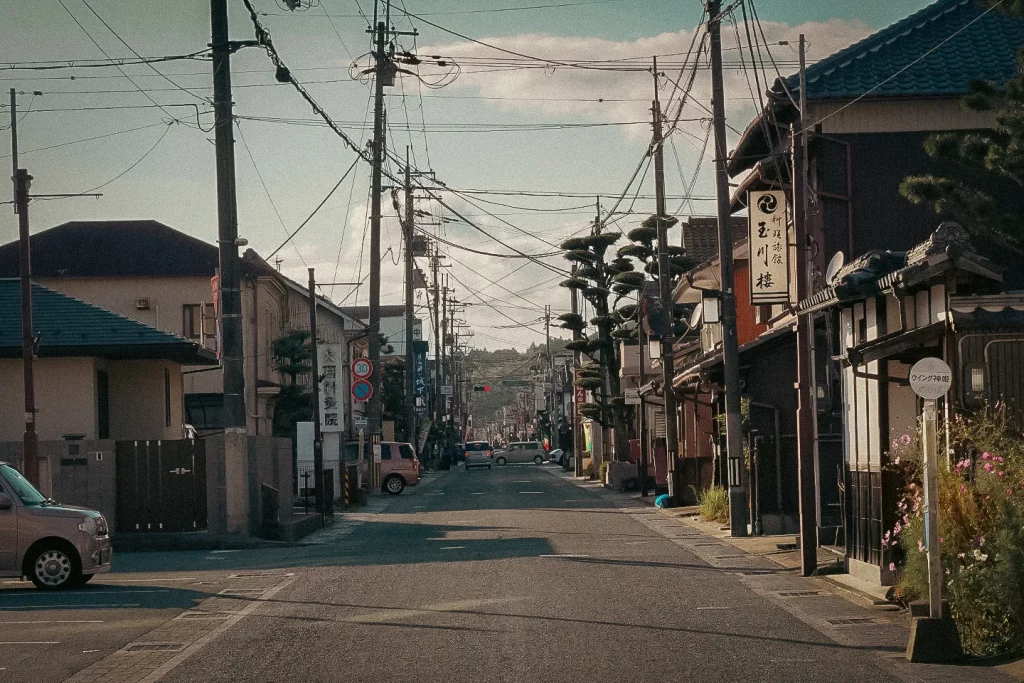Iki & Yabo
いき 野暮


The essence of Iki, a captivating aesthetic concept, finds its roots in the Tokugawa period, a splendid epoch that graced Japan during the 17th and 18th centuries. In the eloquent language of translation, Iki evokes something akin to “chic” in its essence. Originally, Iki emerged as a contemporaneous expression, walking hand in hand with the venerable Wabi-Sabi, only to later unfurl into an independent interpretation of its own.
Iki, like an artist’s brushstroke on the canvas of existence, encapsulates a symphony of qualities—sophistication, elegance, delicacy, and the gentle reminder of impermanence. In certain corners, it also weaves the delicate threads of romance into its tapestry. Conversations and correspondences are, first and foremost, appraised through the lens of Iki, but it extends its discerning gaze to encompass personal attributes and character traits, becoming a mirror that reflects the essence of an individual’s being.
Furthermore, Iki gracefully bestows its grace upon descriptions of commendable deeds and utterances. Whether it be a stroke of masterful craftsmanship, an act of distinguished comportment, or an offering of exquisite courtesy, Iki finds a home in the appreciation of all that is pleasing and captivating in the world.
As in every tale, there exists an antithesis.
In this case, it takes the form of Yabo, a concept that translates to “rough.”
Yabo, often intertwined with the archetype of the Samurai, carries connotations of ruggedness. Even though Samurai are revered for their cultivation and erudition, the martial craft they master, while undeniably skilled, lacks the refinement associated with Iki and is thus dubbed as Yabo.


In this intricate dance of contrasting ideals, Iki and Yabo paint a vivid canvas of Japanese culture, a testament to the duality that resides within the human spirit, where sophistication and ruggedness converge to shape a vibrant tapestry of existence.
